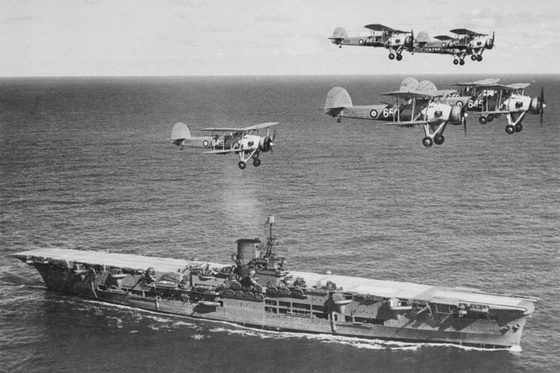
“The British government, alarmed by Berlin’s rapid rearmament program, authorized the creation of a centre for army mechanization.”
 Napoleon once wrote that amateurs talk tactics, professionals talk logistics. This was certainly not a lesson lost on the British Army in the lead-up to the Second World War. While the rest of Europe eyed Hitler’s growing war machine with increasing alarm, military planners in the United Kingdom began laying down the infrastructure to build and supply a modern mechanized army capable of standing up to Germany’s panzers. From advances in what we’d today call supply chain management to unprecedented partnerships with the nation’s industry, Britain readied itself for the mechanized conflict many feared was coming. Historian Phil Hamlyn Williams, author of the book War on Wheels: The Mechanisation of the British Army in the Second World War and son of one of the architects of the U.K’s preparations for the new armoured battlefield, explores the story for MilitaryHistoryNow.com
Napoleon once wrote that amateurs talk tactics, professionals talk logistics. This was certainly not a lesson lost on the British Army in the lead-up to the Second World War. While the rest of Europe eyed Hitler’s growing war machine with increasing alarm, military planners in the United Kingdom began laying down the infrastructure to build and supply a modern mechanized army capable of standing up to Germany’s panzers. From advances in what we’d today call supply chain management to unprecedented partnerships with the nation’s industry, Britain readied itself for the mechanized conflict many feared was coming. Historian Phil Hamlyn Williams, author of the book War on Wheels: The Mechanisation of the British Army in the Second World War and son of one of the architects of the U.K’s preparations for the new armoured battlefield, explores the story for MilitaryHistoryNow.com
By Phil Hamlyn Williams
BY THE EARLY 1930s, the British Army had been trimmed down to a force whose purpose was no more than to police the borders of the empire. In no sense was it geared for anything like a full-scale war. In terms of equipment, it had a total of 4,000 vehicles, mainly those were holdovers from the First World War. Britain’s tank corps in particular was in a sorry state. What’s more, the armoured vehicles that were being produced were fit only for light action.
With the rise of Nazi Germany, the situation began to change.
In November 1934, the British government, alarmed by Berlin’s rapid rearmament program, authorized the creation of a centre for army mechanization. It was to be located at Chilwell, near Nottingham in the English midlands.

It further set up a reserve force made up of motor industry professionals and other suitably qualified people so as to be ready in the event of war.
At the same time, the U.K. motor industry was undertaking essentially two tasks in preparation for a possible war. Automotive companies began supplying Chilwell with the vehicles the army thought it would need. In order to minimize expense, these were largely based on existing production models. In addition, London requested that British industry set up ‘shadow factories,’ which would be able to manufacture parts for aircraft and in time aircraft themselves. Later, when guns and other armaments were needed, the nation’s assembly lines would be ready to fill the orders.


“The results have been electrifying. The experiment has been a complete success. These men [from industry] have introduced new methods and new ideas into the Royal Army Ordnance Corps (RAOC). They have made it possible for us to bear the tremendous burden of equipping the British Army, of equipping our allies, of supplying fighting fronts throughout the world — and of keeping Lord Beaverbrook’s promise of aid to Russia.”
It would be fair to say that this assertion was tested almost to destruction with the experience of the British Expeditionary Force which culminated in the retreat from Dunkirk in June 1940. After the army’s defeat in France, some 65,000 vehicles were left behind, essentially also those so carefully mustered in the run-up to war.
The vehicles were replaced, new designs explored and the might of the American automotive industry brought to bear. The experience of war in the desert brought tough lessons, ones which resulted in a successful supply operation for D-Day the following year.
 Philip Hamlyn Williams is the author of War on Wheels: The Mechanisation of the British Army in the Second World War. A historian and biographer, Williams discovered the story in papers left by his parents. His father, Major General Sir Leslie ‘Bill’ Williams, commanded the Royal Army Ordnance Corps in the Second World War.
Philip Hamlyn Williams is the author of War on Wheels: The Mechanisation of the British Army in the Second World War. A historian and biographer, Williams discovered the story in papers left by his parents. His father, Major General Sir Leslie ‘Bill’ Williams, commanded the Royal Army Ordnance Corps in the Second World War.









